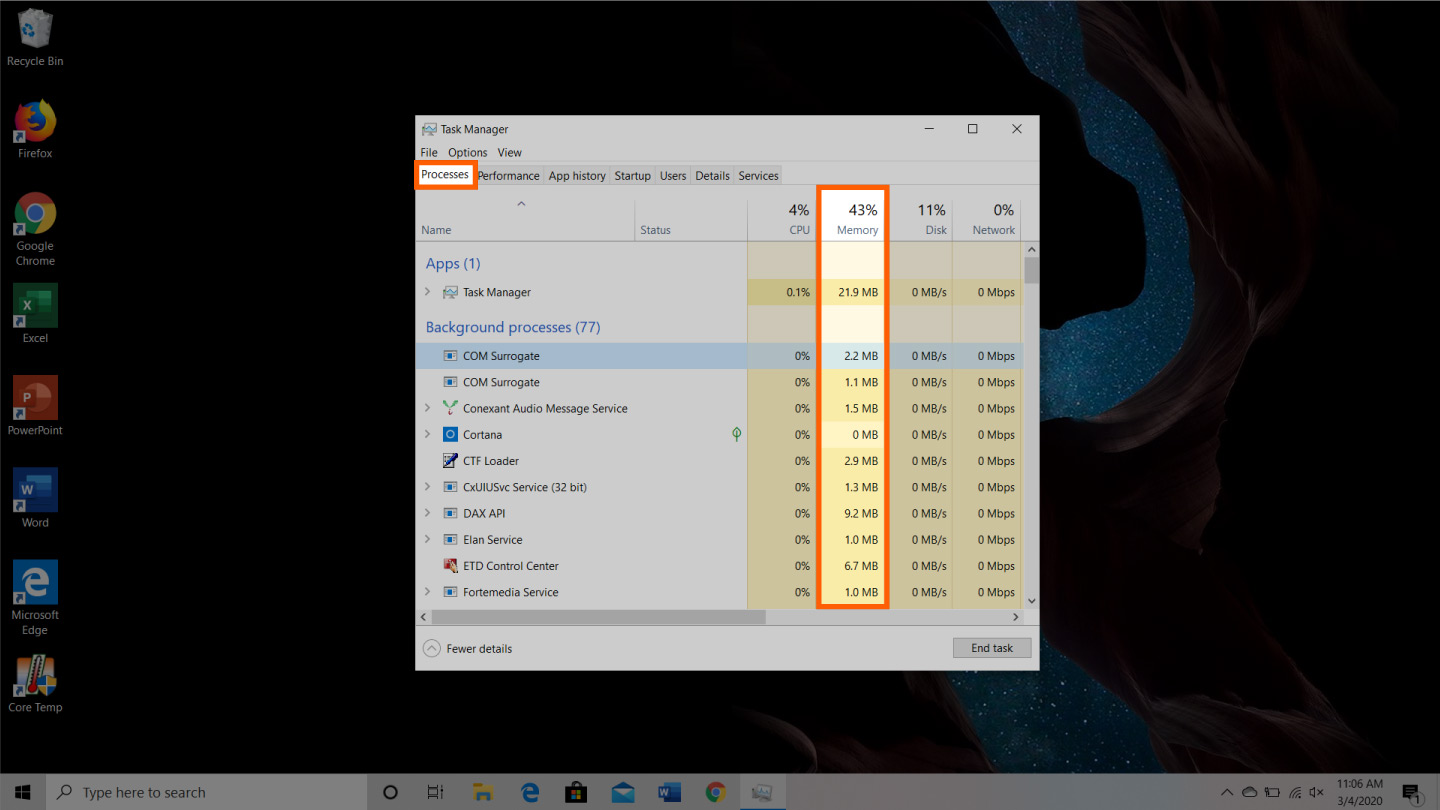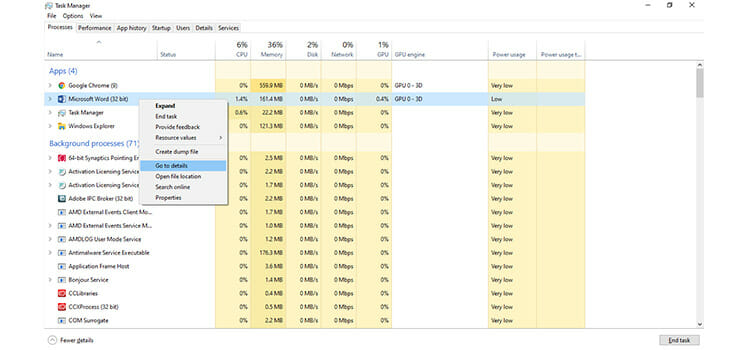

But this memory is not allocated in advance. The reserved memory setting specifies a maximum amount of RAM that VMware Workstation is allowed to use.


To set this parameter, go to Edit > Preferences > Memory. The second configuration parameter you can set is the amount of RAM that VMware Workstation is allowed to reserve for all running virtual machines combined. Specifying How Much RAM Is Used by All Virtual Machines The amount of memory saved may vary over time for a fairly constant workload, the amount generally increases slowly until all sharing opportunities are exploited. VMware Workstation memory sharing runs as a background activity that scans for sharing opportunities over time. A workload consisting of many nearly-identical virtual machines may free up more than 30 percent of memory, while a more diverse workload may result in savings of less than 5 percent of memory. The amount of memory saved by memory sharing is highly dependent on workload characteristics. As a result, the system can support higher levels of overcommitment efficiently. With memory sharing, a workload often consumes less memory than it would when running on a physical machine. VMware Workstation uses a proprietary transparent page sharing technique to securely eliminate redundant copies of memory pages. For example, several virtual machines may be running instances of the same guest operating system, have the same applications or components loaded or contain common data. Many workloads present opportunities for sharing memory across virtual machines. The amount of memory reserved for the host depends on the host operating system and the size of the host computer's memory. Some memory must be kept available on the host to ensure the host is able to operate properly while virtual machines are running. To help guard against virtual machines causing the host to thrash, VMware Workstation enforces a limit on the total amount of RAM that may be consumed by virtual machines. When a Windows or Linux host operating system does not have enough RAM for its own use, it thrashes it constantly swaps parts of itself between RAM and its paging file on disk. Host operating systems do not behave well when they run low on free memory for their own use.


 0 kommentar(er)
0 kommentar(er)
